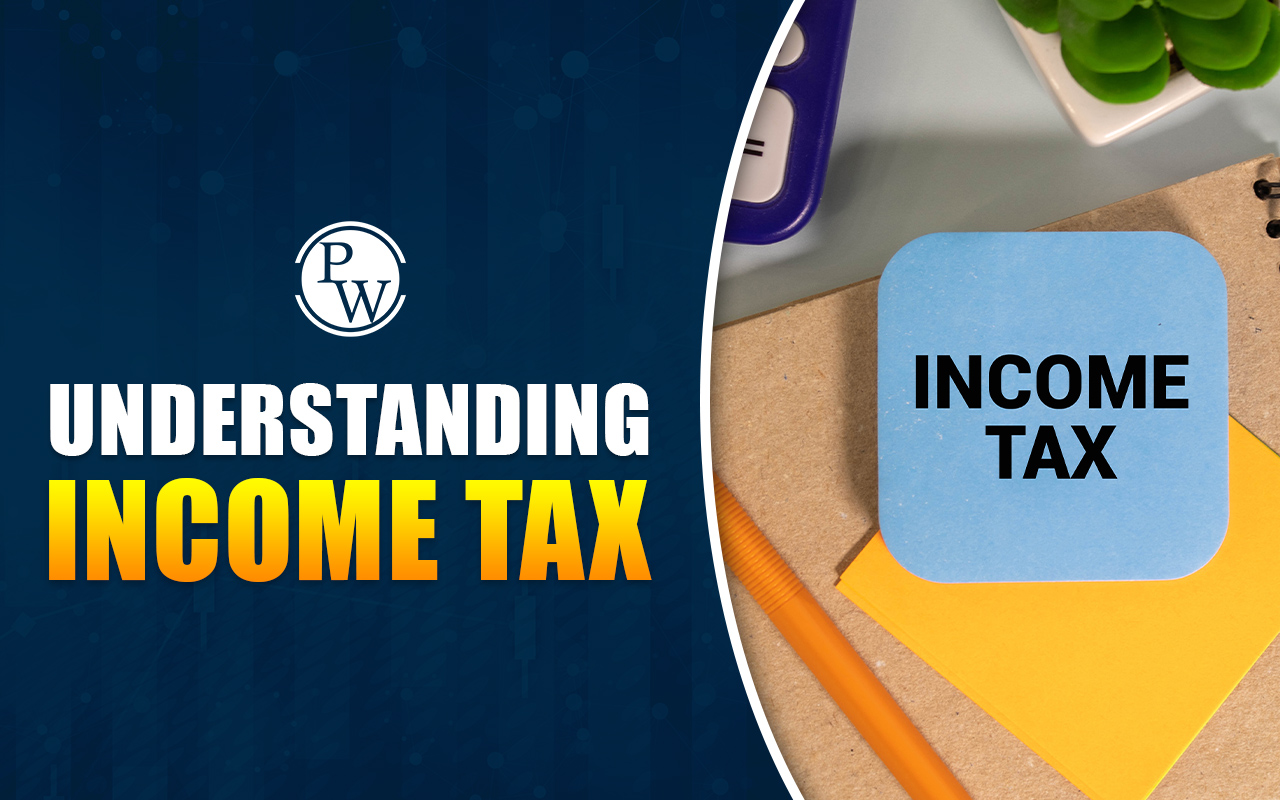
Tax Credits: What are tax credits and how do they help you save on taxes? Tax credits reduce the amount of tax you owe, making them valuable for individuals and businesses. Unlike deductions that decrease taxable income, tax credits directly reduce the amount of tax owed.
The Indian government offers various income tax credits to support taxpayers, such as TDS, advance tax, and foreign tax credits. These incentives encourage activities like energy efficiency and provide financial relief to eligible taxpayers.
Understanding the meaning of tax credits and their various types can help you save more on taxes. This guide explains the definition of tax credits, different types, key tax credits in India, how to check your tax credit status and the difference between a tax credit and a tax deduction.
What is a Tax Credit?
Tax credits are amounts that taxpayers can subtract directly from their total tax liability, reducing the amount they owe to the government. Unlike tax deductions, which lower taxable income, tax credits provide a direct reduction in taxes. In India, common tax credits include TDS, advance tax, and foreign tax credits.
For example, under Section 87A, individuals with taxable income below ₹5 lakh can claim a rebate of up to ₹12,500. Similarly, tax credits under the Double Taxation Avoidance Agreement prevent double taxation for those earning in multiple countries. These credits help ease tax burdens and encourage beneficial financial activities.
Types of Tax Credits
Tax credits are categorized into three types based on how they impact a taxpayer's final tax liability: nonrefundable, refundable, and partially refundable.
- Nonrefundable Tax Credits: These reduce the tax you owe but cannot generate a refund if the credit exceeds your tax liability. Any unused amount is lost. Common examples include credits for education expenses, home energy improvements, and retirement savings.
-
Refundable Tax Credits: These are the most beneficial as they provide a refund even if the tax liability is zero. For example, low-income taxpayers can claim the Earned Income Tax Credit (EITC) or Premium Tax Credit for health insurance.
-
Partially Refundable Tax Credits: Some credits are partly refundable, meaning a portion can be refunded if the tax liability is zero. Examples include the Child Tax Credit and American Opportunity Tax Credit for education expenses.
Read More - Understanding Tax Laws in India: A Complete Guide
Tax Credits in India
Tax credits help individuals and businesses reduce their tax liability. In India, various tax credits exist under the Income Tax Act and Goods and Services Tax (GST) laws, offering financial relief in different scenarios. Here are the top tax credits available in India:
1. Income Tax Credits
If an individual pays more tax than their actual liability due to deductions at source or advance payments, the excess amount is adjusted as income tax credits. This credit can be used to lower future tax payments.
For example, if ₹50,000 is deducted as TDS but the actual tax liability is ₹40,000, the excess ₹10,000 becomes an income tax credit, which can be claimed as a refund or adjusted against future tax dues.
2. Foreign Tax Credit (FTC)
Individuals earning income from multiple countries may face double taxation. To avoid this, India has signed Double Taxation Avoidance Agreements (DTAA) with over 80 nations. Under this, Indian residents can claim a foreign tax credit for taxes paid abroad.
For instance, if an Indian citizen earns income in the USA and pays taxes there, they can claim a tax credit in India for the tax paid in the USA, reducing their Indian tax liability.
3. Input Tax Credit (ITC) under GST
Businesses that pay GST on purchases can claim Input Tax Credit (ITC) to reduce the tax they owe on sales. ITC applies to manufacturers, traders, and service providers who pay tax on raw materials, capital goods, or services used for their business.
For example, if a manufacturer pays ₹10,000 GST on raw materials and collects ₹15,000 GST on sales, they can claim ITC of ₹10,000 and pay only the remaining ₹5,000 as tax.
4. Tax Credits for Families and Senior Citizens
Though India does not have a specific Child Tax Credit, tax benefits are available for families through deductions like:
- Education expenses deductions under Section 80C.
-
Interest on education loans is deductible under Section 80E.
Senior citizens can also claim tax benefits, including:
- Higher exemption limits on income tax.
-
Deductions on medical expenses and insurance premiums under Section 80D.
5. 26AS Tax Credit Statement
The Form 26AS is a tax credit statement issued by the Income Tax Department that provides a summary of all tax-related transactions linked to an individual’s PAN. It includes:
- Tax deducted at source (TDS) and tax collected at source (TCS).
-
Advance tax and self-assessment tax payments.
-
Refunds are issued by the tax department.
-
High-value transactions, such as stock market and mutual fund investments.
This document helps taxpayers track their income tax credits and ensure that all tax payments are correctly accounted for.
Moreover, tax credits in India have a crucial role in reducing tax burdens for individuals and businesses. Understanding these credits can help taxpayers optimize their tax payments and claim benefits effectively.
Read More - Inheritance Tax: Definition, Types, and How It’s Calculated with Examples
Steps to Check Your Tax Credits Online
Taxpayers in India can easily check their tax credits using Form 26AS, which provides a summary of income tax credits, TDS (Tax Deducted at Source), advance tax payments, and refunds issued by the Income Tax Department. Here’s how you can view it online:
Step 1: Visit the Income Tax E-Filing Portal
Go to the official Income Tax e-filing website and look for the Form 26AS option. If you don’t have an account, you will need to register by providing your PAN, date of birth, and other necessary details.
Step 2: Login and Access Form 26AS
After logging in, navigate to the ‘My Account’ section and click on ‘View Form 26AS’. You will be redirected to the TDS-CPC (TRACES) website, where tax credit details are stored.
Step 3: Select the Assessment Year
On the TRACES website, scroll down to find the ‘View Tax Credit (Form 26AS)’ link. Click on it and choose the assessment year for which you want to check your income tax credits.
Step 4: Choose Viewing Format
You can view Form 26AS in different formats. If you want to check it online, select the HTML format. If you need a copy for future reference, download it as a PDF.
Step 5: Verify Your Tax Credit Details
Once the form is visible, check your tax credits, including TDS, advance tax payments, and refunds. If any discrepancies are found, you may need to contact the deductor or the Income Tax Department for corrections.
Alternative Method: Check Through Registered Banks
Some banks provide access to Form 26AS directly through their online banking portals. You can check the list of banks offering this feature and log in to your net banking account to view your tax credits.
By following these simple steps, taxpayers can ensure their income tax credits are correctly recorded and make informed decisions while filing their tax returns.
Difference Between Tax Credits and Tax Deductions
Both tax credits and tax deductions help reduce the amount of tax you pay, but they work in different ways. While tax deductions lower your taxable income, tax credits directly reduce the tax amount you owe. Here is a comparison between tax credits and tax deductions:
|
Tax Credits vs. Tax Deductions: Key Differences |
||
|
Aspect |
Tax Credits |
Tax Deductions |
|
Definition |
Directly reduces the tax amount you owe |
Lowers your taxable income before tax calculation. |
|
Impact on Tax Payable |
Provides a rupee-for-rupee reduction in tax liability. |
Lowers the income on which tax is calculated, reducing the tax amount indirectly. |
|
Example |
If you owe ₹10,000 in taxes and have a ₹2,000 tax credit, your final tax payable is ₹8,000. |
If your income is ₹5,00,000 and you claim a ₹50,000 deduction, tax is calculated on ₹4,50,000 instead of ₹5,00,000. |
|
Eligibility |
Usually granted for specific categories like income level, education, or disability. |
Depends on expenses like home loans, medical bills, or investments. |
|
Application Order |
Applied after calculating tax liability. |
Applied before tax calculation to reduce taxable income. |
Understanding tax credits in India is crucial for reducing tax liabilities and maximizing savings. For professionals in finance and accounting, this knowledge is vital for providing effective tax planning and advisory services, boosting career prospects in tax compliance and strategy.
Learn Taxation and Accounting with PW (PhysicsWallah)
The PW Accounting and Taxation Online Course, designed with PwC India, is a 4-month program covering finance, tax, and accounting concepts. Get hands-on training in Zoho Books and Excel, along with industry insights to strengthen your skills in taxation and accounting. Sign up for the PW Accounting and Taxation Online Course today!
Disclaimer: This article provides general information on tax credits and is for educational purposes only. It is not tax, financial, or legal advice. Consult a professional for specific guidance. PW (PhysicsWallah) is not responsible for any decisions made based on this information.
FAQ
What is a tax credit?
How do tax credits work in India?
Can you give an example of a tax credit?
How is a tax credit different from a tax deduction?
Who is eligible for tax credits in India?










